Which term can be defined as the structure of the body and its parts?
Anatomy
What is the largest and heaviest organ in many animals' bodies?
Skin
This type of vision is commonly found in prey species, whose eyes are on the sides of their heads.
Monocular Vision
What are the two major sectors of the nervous system?
Central Nervous System (CNS) and Peripheral Nervous System (PNS)
What structure is indicated here?
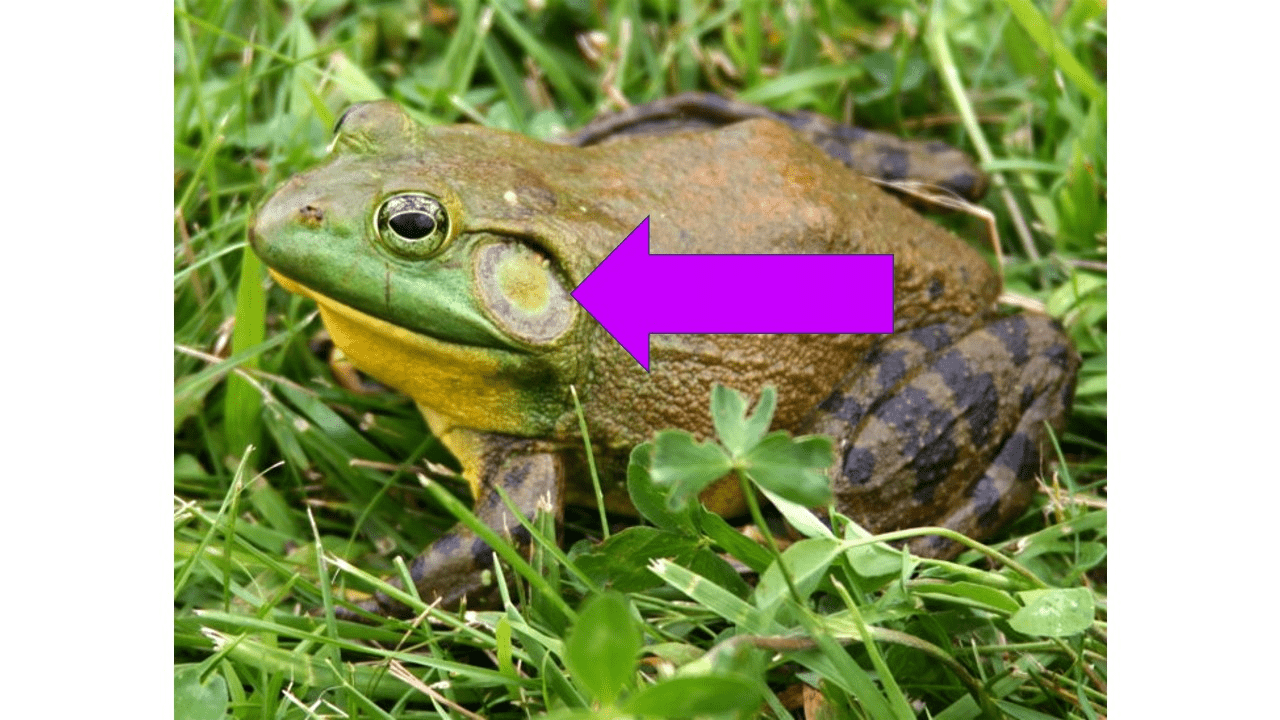
Tympanum AKA Eardrum
Which term can be defined as the function of the body and its parts?
Physiology
What material forms the basis of hairs, nails, hooves, and feathers?
Keratin
Evoluntarily, what does a bitter taste likely indicate?
That the food item is poisonous/toxic
What is the name of the lobe at the back of the brain that is responsible for receiving and interpreting visual information?
Occipital Lobe
Mantis shrimp like this one have 16 of this type of structure in their eyes, whereas we have only 3, allowing them to see colors from a broad portion of the light spectrum.
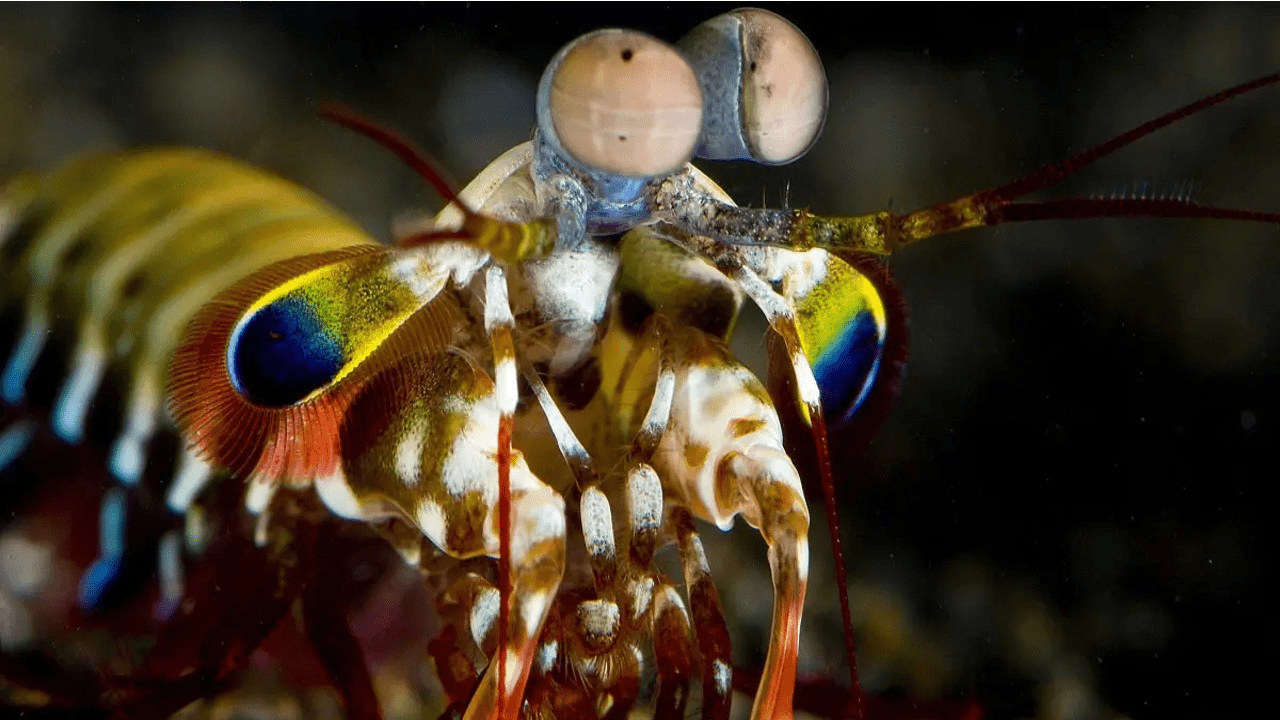
Cones
Which type of anatomy deals with the bodily structures inside an animal?
Internal Anatomy
What layer of the skin is indicated here?
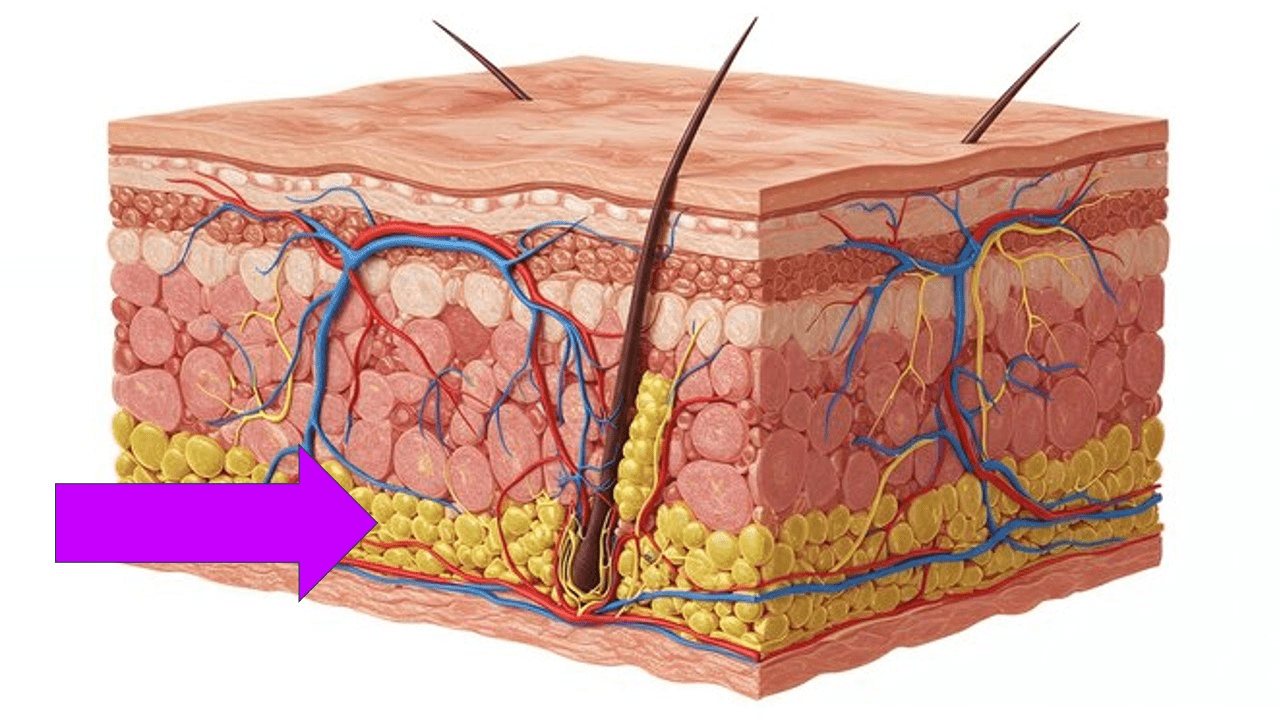
Hypodermis
Which sense is depicted here?
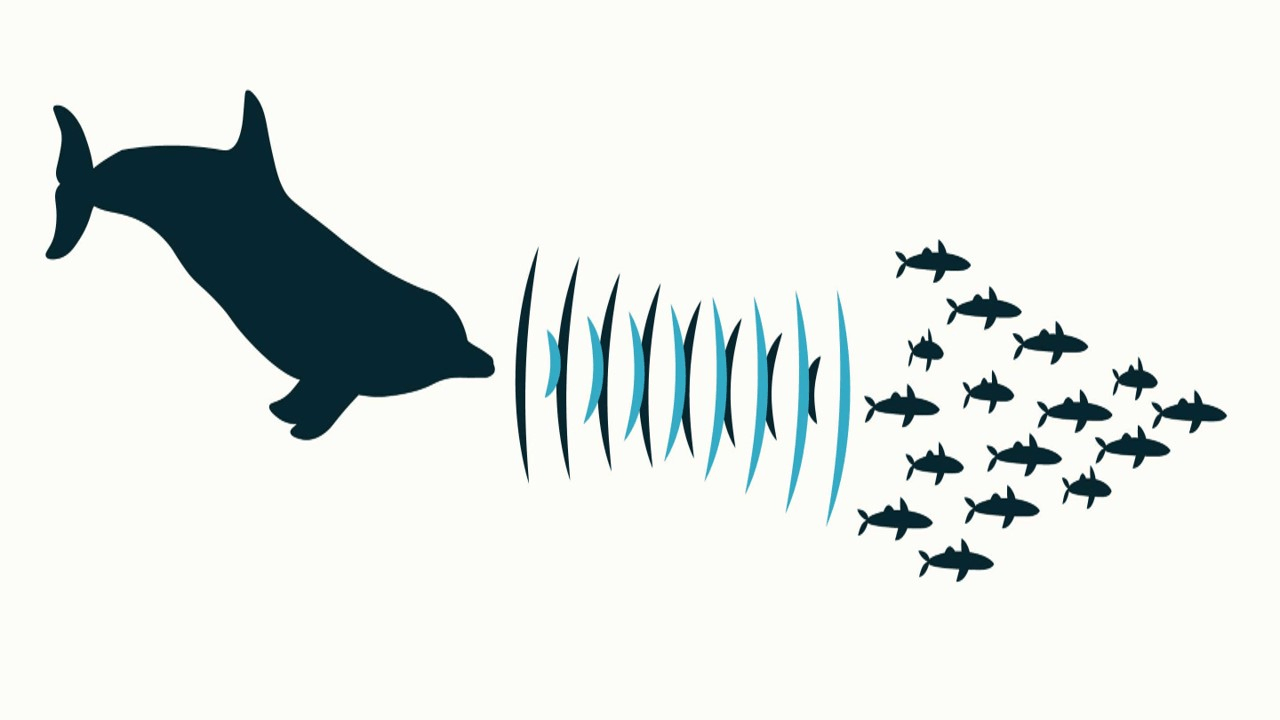
Echolocation
Which subsystem of the larger Peripheral Nervous System (PNS) is responsible for your "Fight or Flight" response?
The Sympathetic Nervous System (SNS) within the Autonomic Nervous System
What is the technical name for the movable hairs shown here on a cat that aid it in feeling out its surroundings? (No, they're not just called whiskers)
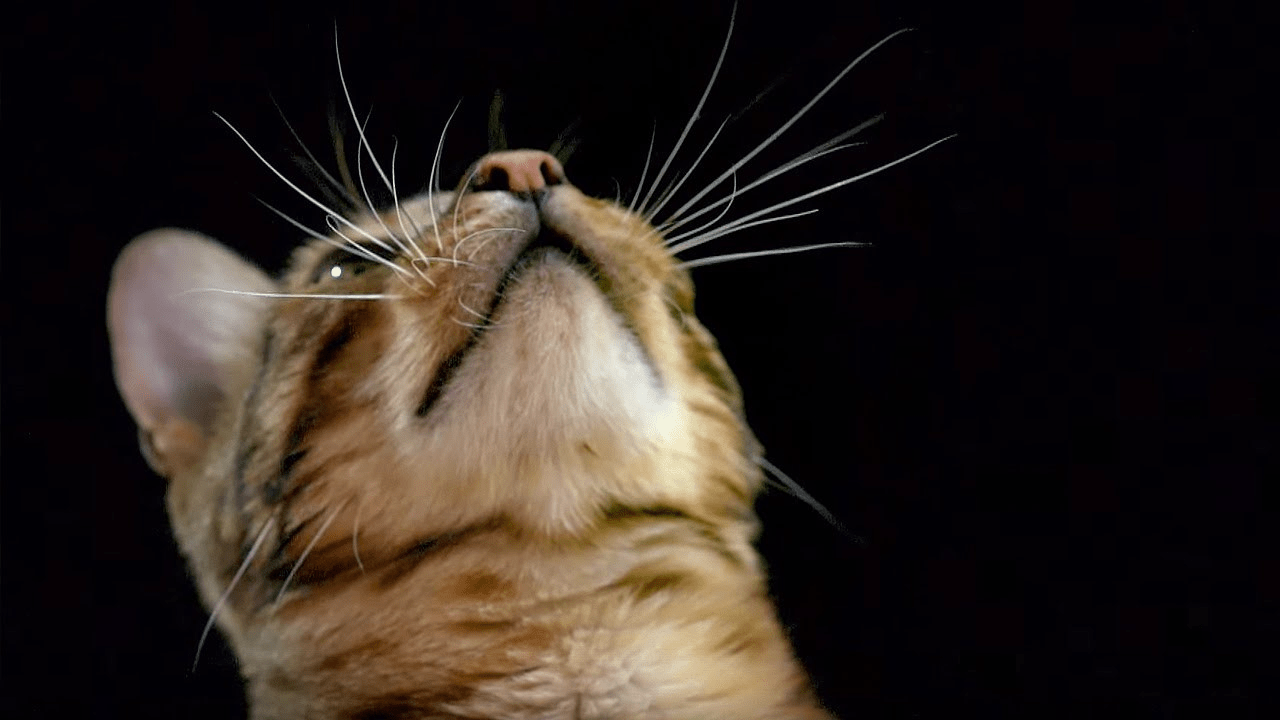
Vibrissae
Which type of anatomy deals with large bodily structures and can be described regionally or systemically?
Gross or Macroscopic Anatomy
What does the term apteria refer to?
It means "without feathers" and is the skin between the feather tracts of a bird
What kind of sensation do both hearing and touch rely on?
Mechanosensation AKA Mechanoreception
Which portion of the neuron depicted here is responsible for receiving firing and inhibiting signals from other neurons?
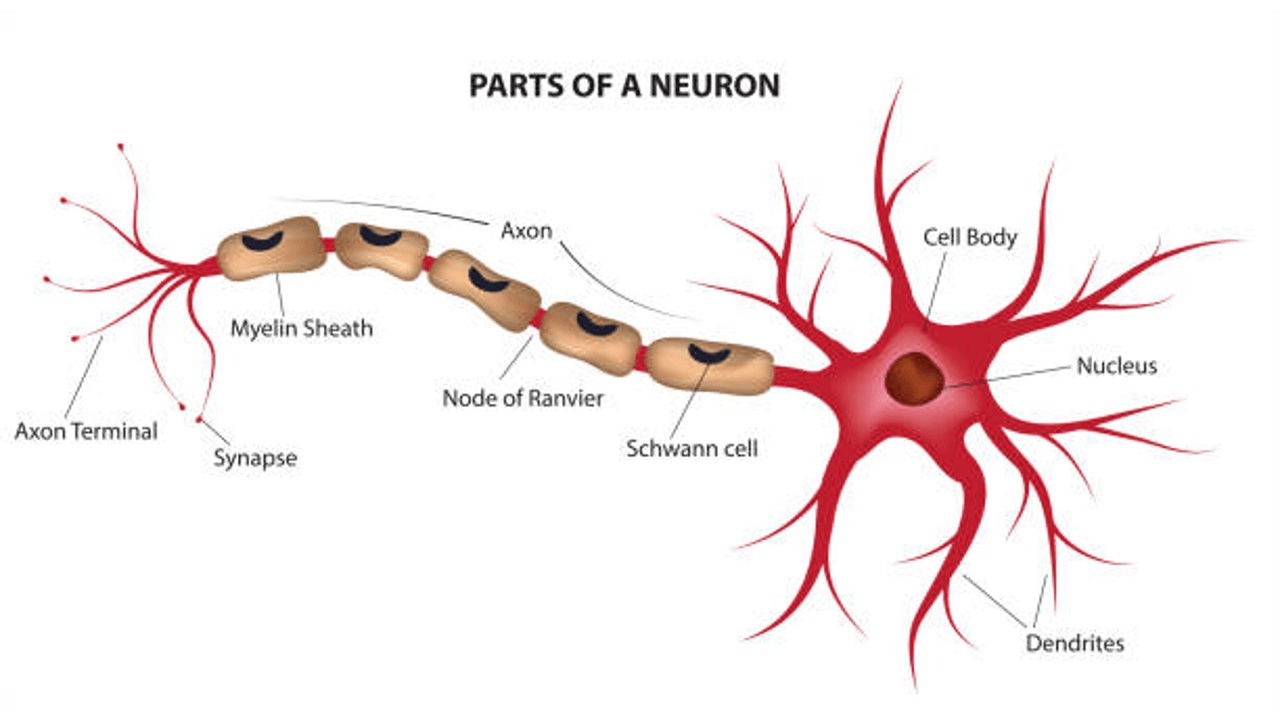
Dendrites
Based on the shape of this gecko's pupils, what can we tell about its typical lifestyle?
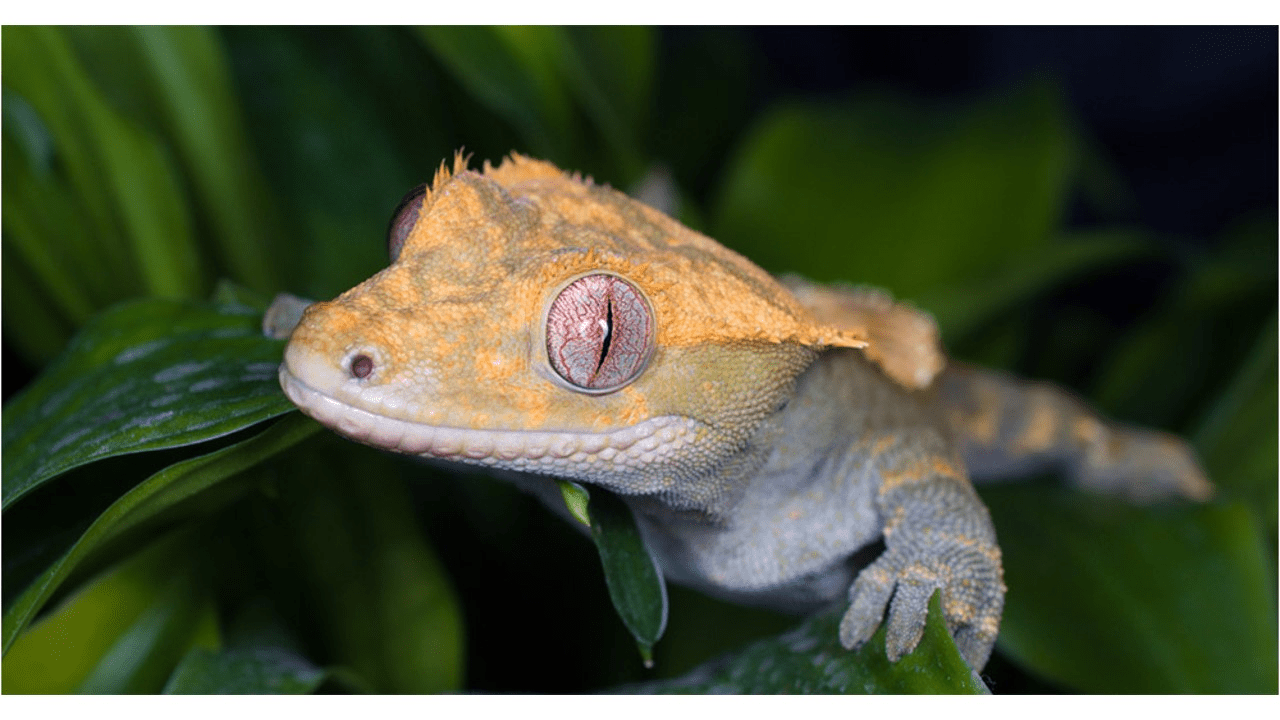
Vertical pupils mean that an animal's vision is optimized for depth perception during both the day & night
What were the four types of major bodily tissues we discussed?
Muscular, Epithelial, Connective, and Nervous tissues
Scales, feathers, hairs, claws, hooves, and horns are all examples of what?
Integumentary Derivatives
Both the senses of taste and smell rely on chemoreception. What does chemoreception mean?
Chemoreception is the interpretation of molecules as they interact with the sensory receptors in either your nose (olfactory sensory neurons) or mouth (taste buds).
What is the collective name for the three (3) membrane layers that surround the brain & spinal cord?
The meninges (Dura mater, Arachnoid mater, and the Pia mater)
Which bodily system do the glands on a muntjac's face belong to, and what is their function?
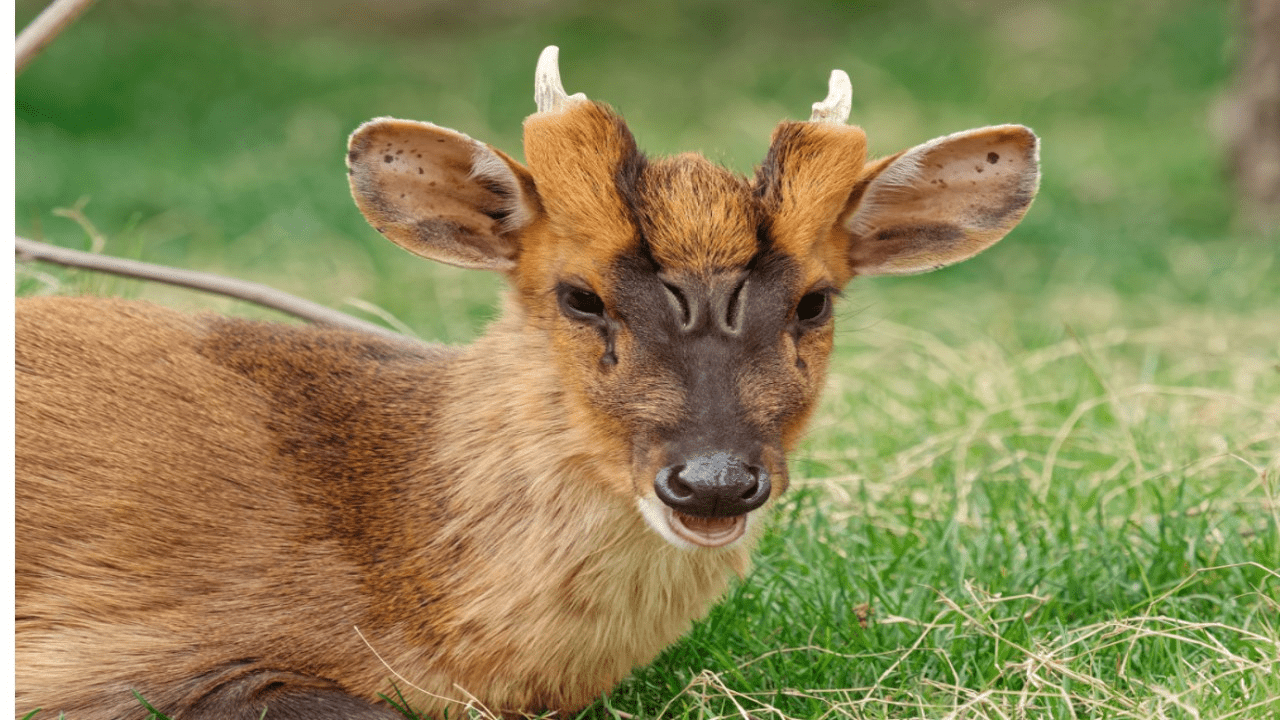
Integumentary system and they're for scent marking/communication